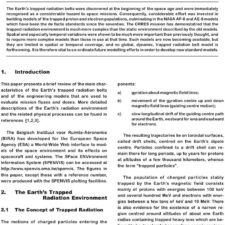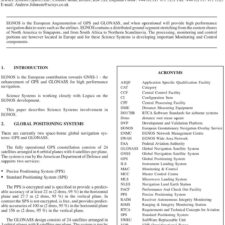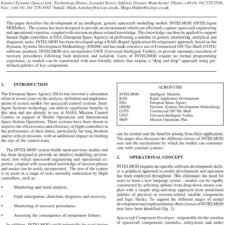The Viking Mission to Mars: From First U.S. Soft Landing to Humans on Mars
£5.00
J. S. Levine (2016), JBIS, 69, pp.183-189
Refcode: 2016.69.183
Keywords: Viking Mars Project, Search for Life on Mars, Human Exploration of Mars, Mars Entry, Descent and Landing
Abstract:
On July 20, 2016, we celebrated the 40th anniversary of a major event in the history of interplanetary space travel and the exploration of the planets – the successful soft landing of an operating and instrument-laden planetary probe on the surface of Mars. On July 20, 1976, the Viking Lander 1 successfully soft-landed on the surface of Mars. On September 3, 1976, the Viking Lander 2 repeated this extraordinary engineering accomplishment. Viking Landers 1 and 2 brought a complex payload of scientific instruments to the surface to investigate the atmosphere and surface of the Red Planet, including three biology experiments to search for extant life on Mars. Interestingly, the search for life on Mars with dedicated biology experiments has not been repeated on any subsequent Mars landed missions. Forty years after the Viking biology experiments were performed on the surface of Mars, the biology measurements that were obtained in 1976 are still being analysed today. The Viking-developed techniques for entry, descent and landing (EDL) on Mars have been incorporated in every subsequent Mars soft-landing mission.





